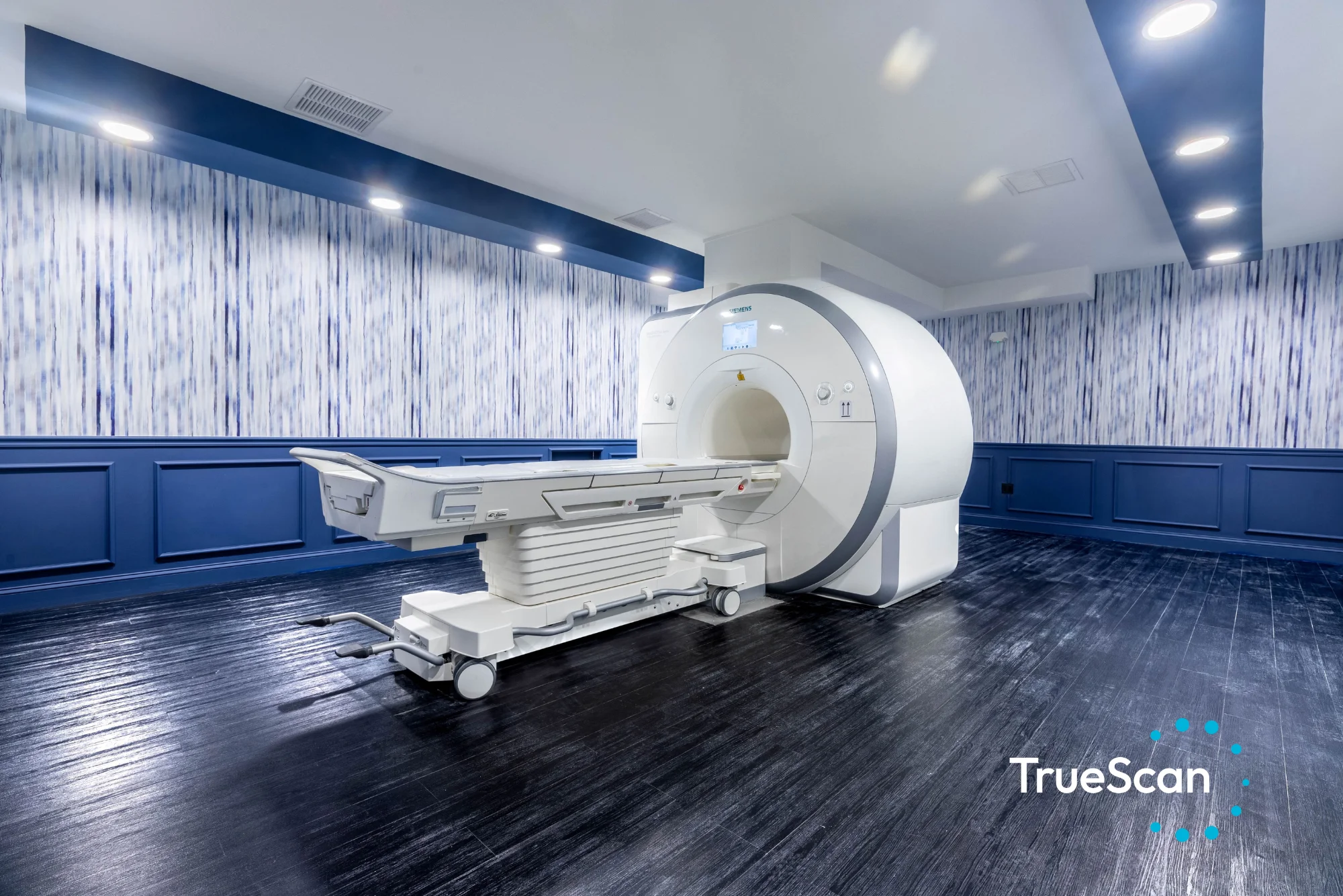
So many of my patients suffer from muscular, skeletal, and joint pain — of the neck, back, knees, and more. Whether the cause is arthritis, muscle tears and sprains, or tendon issues, mild-to-moderate joint pain can be quite restricting, and it can keep you from experiencing life to the fullest.
If this sounds familiar and you’re looking for long-term pain relief, you may be a candidate for platelet-rich plasma therapy, or PRP therapy.
What Is Platelet-Rich Plasma Therapy?
Do you remember the last time you cut yourself? If you have a healthy body, circulating platelets in the blood collected at the wound, stopped the bleeding, formed a scab, and helped heal the area.
Much of our body, like the skin, is self-healing. PRP therapy allows physicians to take that self-healing process a few steps further.
PRP therapy is a procedure that promotes healing within the musculoskeletal system. This treatment uses the patient’s own blood to speed up the healing process for injured tendons and joints, as well as torn muscles. PRP is a low-risk, non-pharmaceutical, non-surgical procedure that provides pain relief for six to nine months or longer.
During this procedure, your blood is drawn and placed into a special kit, which spins in a centrifuge to separate the platelet-dense plasma from the blood. After centrifuging, the plasma’s platelet count increases from about 200,000 to a few million. Then this PRP is injected into your injured joints or tendons.
The body’s response to PRP is opposite its response to another type of injection — cortisone. While cortisone is anti-inflammatory, PRP is pro-inflammatory. When injected back into the site of pain, PRP causes inflammation in that specific area. It tricks your body into thinking there’s an acute (urgent) issue, which attracts healing cells, including some stem cells, to the area to help.
Basically, PRP triggers the natural regenerative and repair processes in your body. As a result, your pain may actually increase immediately after the injection. After two to three weeks, however, you should start to experience some pain relief that can continue for several months.
Which Conditions Will Platelet-Rich Plasma Help?
PRP injections are best suited for treating mild-to-moderate muscular and skeletal pain. Some of the most common conditions treated by PRP injections include:
- Arthritis of all joints, including:
- Shoulders
- Elbows
- Fingers
- Ankles
- Knees
- Feet
- Neck
- Tendon pain, such as:
- Tennis elbow
- Golfer’s elbow
- Tendon sprains caused by exercise or sports
- Tendon inflammation
- Muscle tears
- Plantar fasciitis
PRP therapy has been around for over 20 years, and throughout that time, people have used it in other applications, such as:
- Reducing facial scarring and improving complexion (also known as a “vampire facial”)
- Hair restoration
- Wound care
What Doesn’t PRP Treat?
Like every procedure, PRP therapy has its limitations. It isn’t a magic bullet or a “pour on everything” sauce.
PRP therapy is effective only for mild-to-moderate joint and tendon pain, not moderate-to-severe pain caused by conditions like severe arthritis or severe wear and tear. Simply put, if your condition is really bad, PRP may not help.
PRP also isn’t a cure for osteoarthritis, as it doesn’t replace cartilage. However, recent data shows that for mild arthritis, PRP therapy can lead to some level of cartilage regeneration.
It’s also worth noting that while PRP can’t cure tendon degeneration, it can alleviate the resulting pain.
Intravenous PRP is also a topic I’ve been asked about. However, at the time of this writing, there is no relevant data on this procedure, and as such, I can’t recommend it.
Risks and Side Effects of PRP
PRP injections are low risk, and because the procedure uses your own blood cells, there’s zero risk of allergic reaction. However, like all procedures, PRP therapy comes with some risks and side effects.
You’ll experience a temporary worsening of pain immediately after the PRP injection and within the first few days of recovery. This is the most significant effect of the procedure and is completely normal. For this reason, we always have patients bring someone to their PRP appointment to drive them home in case the pain becomes limiting.
Some data exists about a condition called arthrofibrosis, which results from incorrectly injected PRP that leads to irritation, microtears, or too much inflammation. The joints contract down, resulting in a limited range of movement.
Though there have been cases of arthrofibrosis, we at Griffin Concierge Medical have never experienced it. To reduce the risk, we use ultrasound to identify the precise location of injury prior to injecting.
Are You a Candidate for PRP Injections?
Patients with these contraindications may not be good candidates for platelet-rich plasma injections:
- Habitual smoking
- Active infection
- Certain skin diseases
- Platelet disorders
- Blood cancers
If you take a blood thinner, you’ll need to speak with your prescribing physician about stopping it two weeks prior to PRP therapy. All NSAIDs (ibuprofen, naproxen, Celebrex, etc.) should be stopped two weeks prior and two weeks following PRP injections.
Because PRP is pro-inflammatory, taking anti-inflammatories will only contradict the treatment. If you come to your PRP appointment and tell me you took Aleve the night before, we will unfortunately have to reschedule the procedure.
When to Seek Additional PRP Injections
Platelet-rich plasma can be administered as a series of shots, but in my experience, some patients benefit from only one shot.
Ideally, patients who see 20-80% pain relief should receive up to two additional PRP injections. When a patient sees 80% improvement or more from the first injection, no follow-up injections are necessary. On the other hand, when a patient sees less than 20% improvement, it’s clear that another shot won’t help.
We reconsult with our patients three weeks after their first PRP injection to decide on the best course of action: second shot or no second shot.
To achieve the best results, we encourage patients to couple PRP injections with post-treatment physical therapy to improve fluidity of motion, comfort, and strength in the affected joint or tendon.
Learn More About Platelet-Rich Plasma
Platelet-rich plasma offers lasting pain relief — up to nine months or longer. It’s perfect for patients who aren’t ready for or can’t undergo joint replacement surgery, as well as for those who experience other joint or tendon issues, or torn muscles.
If you’re interested in PRP therapy, come in for an appointment and let’s talk about the types of PRP we offer at Griffin Concierge Medical. If you choose to do research on your own, make sure you’re trusting valid, credible sources — I recommend the Mayo Clinic and the New England Journal of Medicine.





